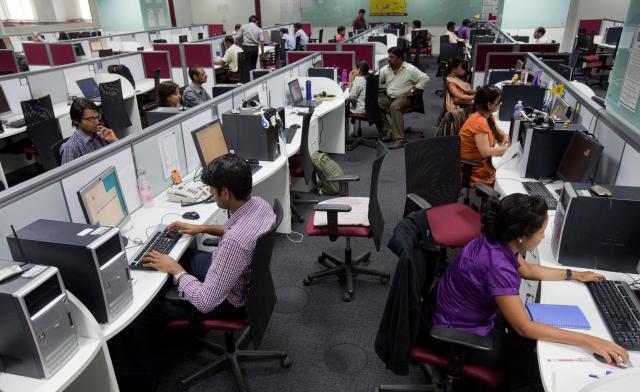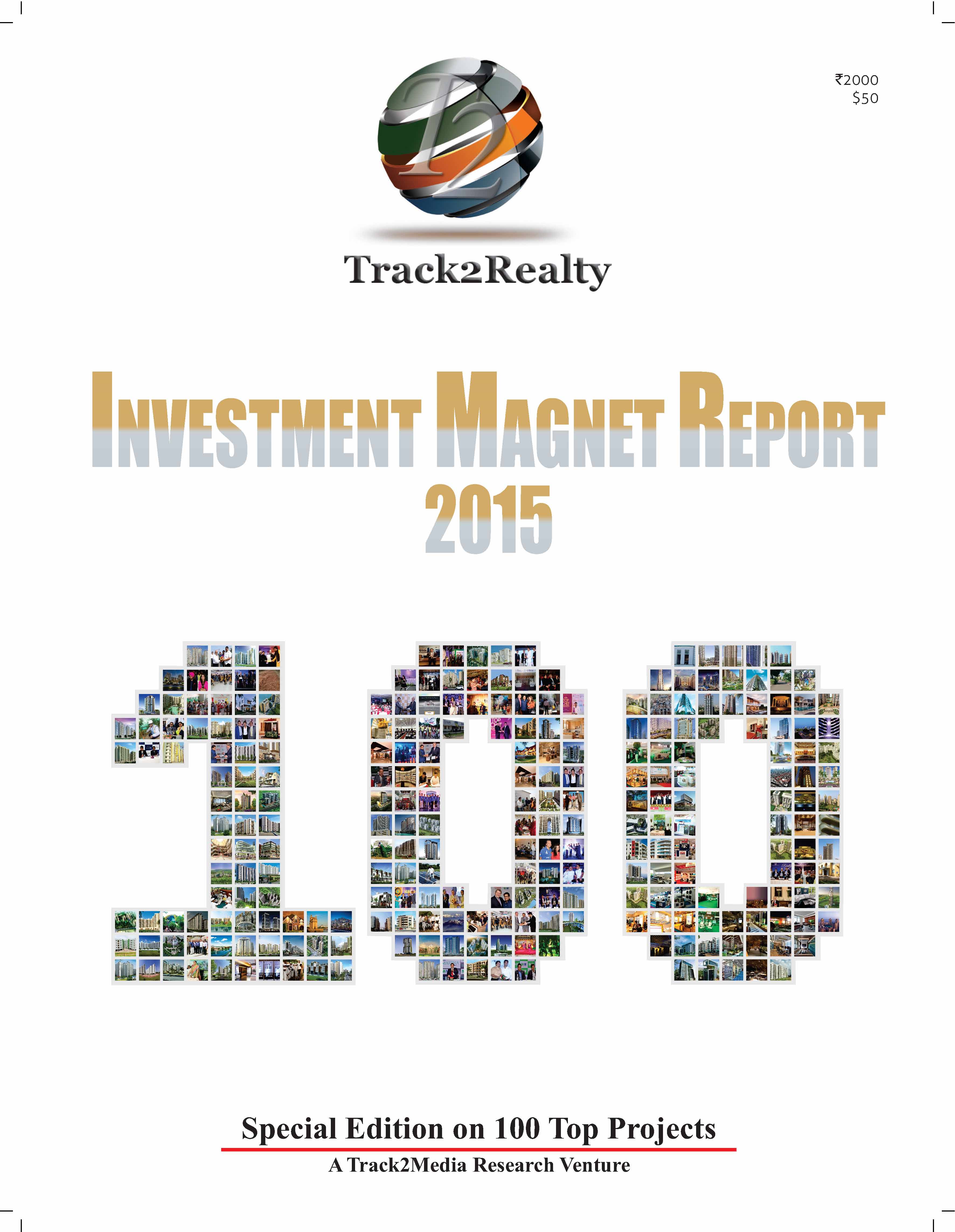
Better eco system needed to check delays
Track2Realty view on project delays The lack of regulations is…

Track2Realty view on project delays The lack of regulations is…

Gaurav Kapoor booked a flat in one of the newly launched projects of Delhi-NCR in early 2007. He was promised the flat would be ready for possession within three years with a grace period of six months. To play safe Gaurav even opted for a construction linked payment plan to the developer but six years have gone and he is yet to get his flat and every time he has approached the developer, various reasons for delay have been cited from macro economic conditions to funding woes and approval delays on part of the government agencies.

From being the governance wild child to maturing into a market influencer, India’s real-estate sector has transformed in the past decade, with a paradigm shift from family owned businesses to corporates along with a few companies listing on stock exchanges. The change began with the government opening doors to Foreign Direct Investment (FDI) in 2005 and then welcoming the next wave of stability as corporate houses brought image restoration for the sector. Led by corporate entities, realty companies soon adopted corporate governance wherein transparency began to trickle down into the system as a norm slowly.

“How long can a sector survive which is borrowing at 48 per cent from private lenders to serve the interest of previous debt raised at much lower rate,” asks a banker. His concern is not without valid reasons. Developers experimented with all funding options but still many of them are now being forced to seek other sources of funding which not only comes at a significantly higher cost but also where the source of fund is unregulated.

In the evaluation of sustainability of a housing market, the absorption of office space is the prime indicator across the world. After all, it is the economic activity and the job magnet that fuels the demand for new houses. The city of Mumbai has always been blessed on that count due to demand and supply dynamics.

When Roshan Abbas, a property broker operating out of Mira Road of Western Suburb, claimed that the region would be the catalyst of housing revival in the Mumbai Metropolitan Region (MMR), many thought this to be claims of a broker glorifying his catchment area. Some of the critics even dismissed it as another marketing stunt on the eve of the festive season of Navratra.

In an opaque real estate market where house hunt has been a travail and challenging for most of the Indians, Track2Realty takes up the challenge of finding not one but 100 most promising housing projects in the country. From Bangalore to Chennai, Mumbai to Ahmedabad, and Gurgaon to Kasauli; it has been a worm’s-eye view of thousands of housing projects to find 100 best that could stand out as the investment magnet in this first-of-its-kind study.

Track2Realty Investment Magnet Report 2015 tries to decode the alphabets of India’s housing market. The editorial team has not invented these alphabetic connotations and everyone in the sector is well aware of the alphabetic practices as well, yet we simplify it for the average investors and homebuyers who often forget the basics that make their fortunes vary. Familiarity with the given A to Z is often the difference between a skilled homebuyer and a novice.

Some key findings that indicate the aspiration quotient and standing of the Indian real estate:
88% Indians find real estate is still best asset class to invest
72% believe pre-launch or early stage of construction is best bargain
78% maintain upcoming locations give better returns than prime localities
84% homebuyers are sulking & repent their home buying decision
46% homebuyers have too serious issues with the developer to reconcile

The meteoric growth of e-commerce in India in recent years was broadly seen as a threat to physical retail. Seemingly bearing this out, ASSOCHAM states that e-commerce has grown at a compounded annual growth rate (CAGR) of ~30%, while retail sector growth has been at 15% CAGR over the last five years.
